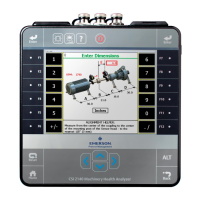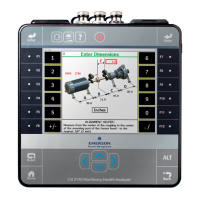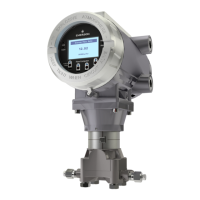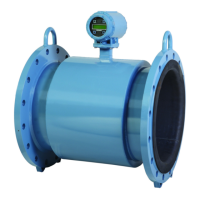10.1.3 Single-plane Balance job overview
A new single-plane job has the following steps:
1.
Create a new job or activate an existing job.
2. Set up the job parameters.
3. (Optional) Acquire runout data.
4. Acquire reference run (as-is) data.
5. Add or remove trial weights.
6. Acquire trial run data.
7. View the balance correction.
8. Remove the trial weight and add the correction weights.
9. Collect trim run data for the corrected condition.
10. View the new trim correction without removing the correction weight.
11. Repeat the trim runs as needed.
10.1.4 Multi-plane Balance job
Many rotor configurations require correction weights in more than one plane because
single-plane balancing can leave unacceptable vibration. A balance correction in one plane
does not correct all planes and may worsen the imbalance in other planes. A multi-plane
job is similar to a single plane, except you must complete more trial runs and trim runs.
A new, typical two-plane job has the following steps:
1. Create a job or activate an existing job.
2. Set up the job parameters.
3. Acquire reference run (as-is) data.
4. Add a trial weight to one plane.
5. Enter trial weight data for trial run 1, plane 1.
6. Acquire data for all measurement points at both planes in trial run 1.
7. Add a trial weight to the second plane. You can keep or remove the weight at plane
1.
8. Enter trial weight data for trial run 2, plane 2. If you did not remove the weight in
plane 1, enter that weight in the data for trial run 2.
9. Acquire data at all measurement points for both planes for trial run 2.
10. Calculate the correction weights for both planes.
11. Collect trim run data to collect data for the corrected condition.
12. Calculate the trim correction.
13. Apply the trim weight without removing the correction weight.
14. Repeat trim runs as needed.
Balance
MHM-97432 Rev 7 301

